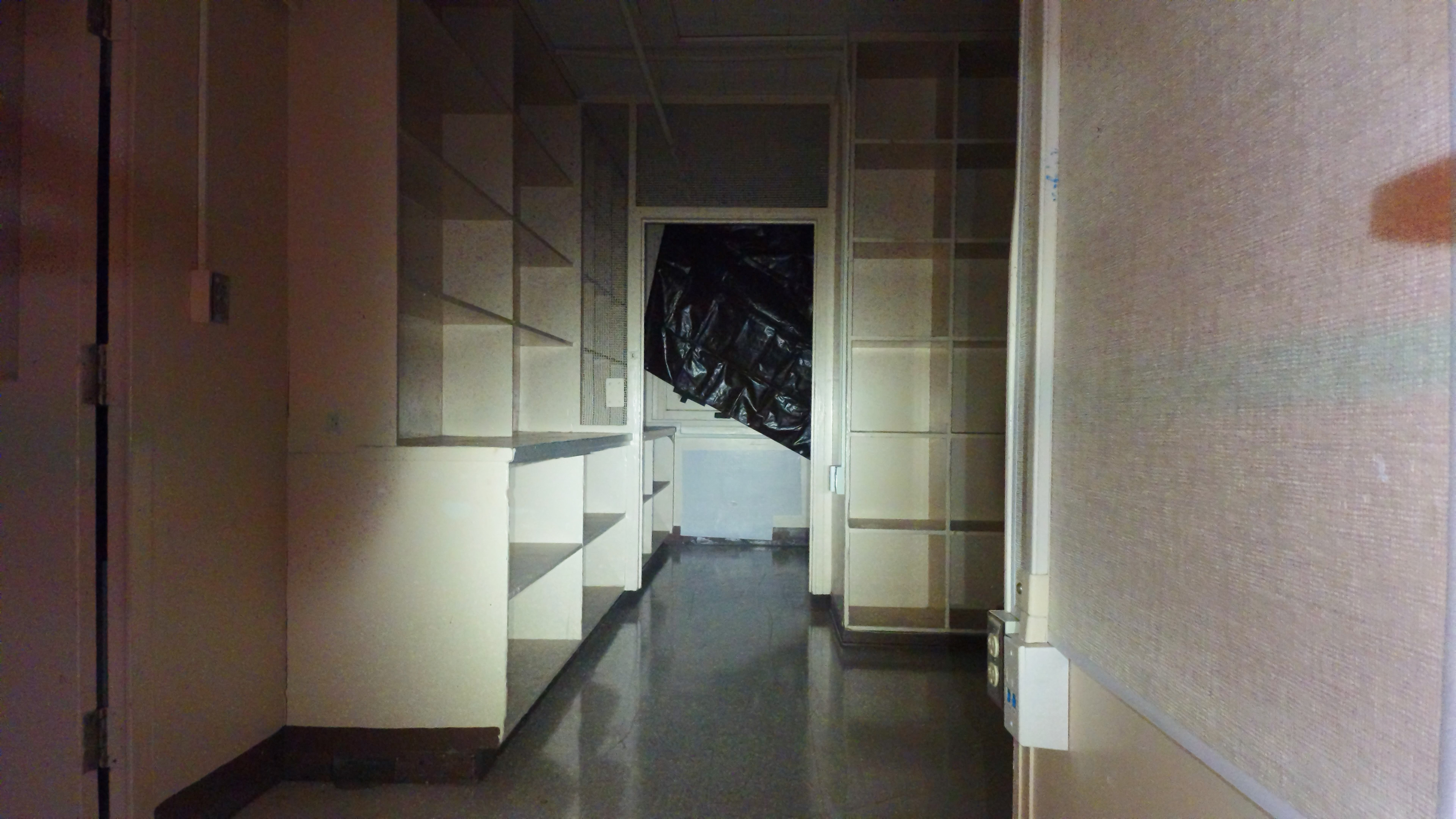Shop by Industry
Industries we support...
Products
START SHOPPING...
EXPLORE by category
Product Series
Resources
Contact
Find a Dealer
The ability to fly drones indoors opens up a world of opportunity for law enforcement and first-responders. Drones can go into spaces that pose a potential threat to responders, either physical or biological. It could be an active shooter in a school or a chemical leak in a factory. The price of losing a drone is significantly lower than that of human life.
But flying indoors is not easy. It requires extra skills and some extra specialized equipment.
When flying outdoors, your drone has a connection with multiple satellites. The drone is constantly sending signals back and forth to the satellites for positioning data. That GPS connection is responsible for the smooth, controlled flight we've become accustomed to modern drones. When you fly forward and release the controls, the drone will slow to a stop and hover at the same altitude until you control it in another direction. GPS makes flying A LOT easier.
GPS also provides the drone the ability to return home safely. If you or your drone run into an issue, you can hit the return to home, and for the most part, your drone will fly up to a certain elevation and then fly back to the home coordinates and land.
When you fly indoors, that GPS connection is lost due to the structure you are flying in. The drone can not triangulate between multiple satellites to control its position. When GPS is lost, the drone switches over to ATTI mode or Attitude Mode. In ATTI mode, the drone will maintain altitude by measuring barometric pressure and using the sensors.
But unlike flying outdoors with GPS assistance, if you let go of the controls, the drone won't slow to a stop but will continue in whatever direction you are flying until you control it in another direction.
Learning how to fly in ATTI mode without the aid of GPS is highly recommended. It will make you a better pilot in all conditions. And if you suddenly lose GPS, you will be more prepared to adjust and control your drone safely.
As for piloting your drone indoors, ATTI mode takes a little getting used to. Your touch on the controls should be more controlled and subtle. You need to be more aware of your surroundings and positioning. The small confines of flying indoors add an extra element of risk to be aware of.
When flying indoors, you're typically flying in tight small spaces like hallways, bedrooms, and stairwells.
Even a small drone, all of sudden feels really big when trying to navigate through a small doorway. Drones are equipped with excellent obstacle avoidance sensors. These sensors need to be able to see the area around them to work. If it's a dark building, they need additional light.
Drone lights mounted to the bottom or sides of the drone will illuminate the surrounding area and help the sensors to work more effectively. This will help both in obstacle avoidance and landing.
If you are flying indoors, you are probably looking for something. The other benefit of lights is being able to see what you're looking at.
When flying indoors, you most likely will not be able to physically see your drone. You will need to rely 100% on the video feed of the drone camera to see where you are going and what's around the drone. Remember, if your drone crashes or goes down in a building, you may not be able to retrieve it and it could compromise the mission.
When entering a room or hallway, it's good to take a visual inventory of what is in the room, such as doorways, partitions, furniture, ceiling fans, etc. This will help you move through the space, especially moving sideways, backward, or upward. Your camera's view will be limited in these directions unless you are constantly spinning around to get what's around.

Excessive panning will fatigue the pilot and might make other people monitoring the video feed sick. Having an overall knowledge of what's in a space will reduce surprises and potential crashes.
A visual observer helps the pilot avoid obstacles outdoors. The visual observer can help the pilot by taking a visual inventory of the room or space and reminding the pilot of potential obstacles as they fly through the area.
Depending on the building you are flying in, there will be multiple walls, floors, and ceilings that will begin to obstruct your drone's video feed to the controller. Since you can't physically see your drone when flying through a building, you are dependent on your drone camera's feed to see where you are flying. If that goes out, you are literally flying blind.
One solution to help this issue is Autel's Live Deck can help this issue. It provides a solid wireless video transmission from the Autel Evo or Autel Evo 2 to multiple display units. It can easily transmit video through an extensive labyrinth of hallways and rooms.
Since the Live Deck is getting its feed directly from the Evo, it does not need to be connected to the controller. This provides some freedom in setting up a command center with multiple monitors so that the pilot and the rest of the team can watch on separate monitors.
The Live Deck has very low latency so the pilot can trust it for making difficult maneuvers.
Flying indoors can be technically demanding and force you to fly slower than you would in an outdoor setting. You need to be mindful of how long you have been flying and how far you've flown into a building. The flight back out will be as difficult and require more time.
You are not constrained by FAA regulations! Since you are inside a building, you are not in federally regulated airspace. FAA regulations do not apply to the airspace within a building. Once that drone flies out of the building, it is then flying in regulated airspace and it is subject to the FAA regulations in that area. And it is always recommended to fly safe as if you were outside in regulated airspace.
Flying indoors can be challenging but opens up unique possibilities for teams that need to access inhospitable areas inside buildings. Just by applying some of the techniques above, you can enjoy a higher success mission rate. Once you get used to flying by FPV and having better situational awareness, you'll be more confident and relaxed flying in the trickiest of areas.



Enter your details below to save your shopping cart for later.